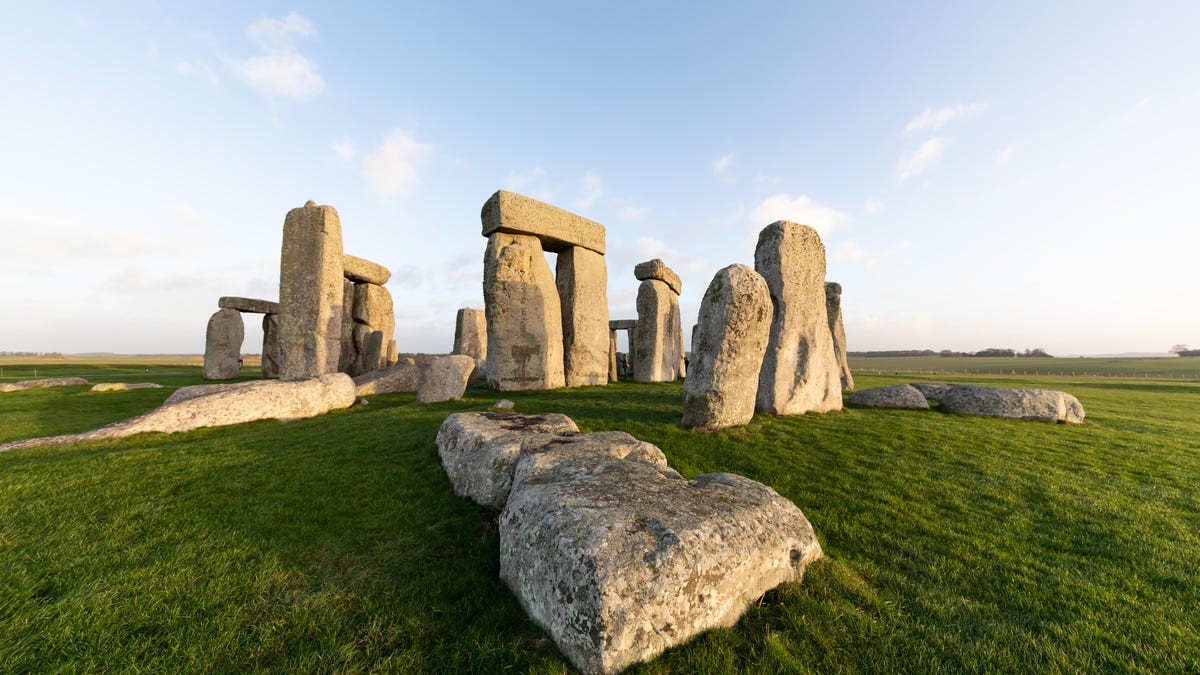Stonehenge likely made from pieces of another ancient monument, study says
Bluestones may've been moved by builders of Stonehenge as communities migrated, according to researchers.

We may now know more about Stonehenge's origins.
A new study suggests the stones used to create Stonehenge in 3000 BC may've once belonged to another ancient monument 175 miles away in southwest Wales called Waun Mawn. The findings are set to be published in the journal Antiquity, according to a Friday report by Phys.org.
Researchers from University College London suggested bluestones, which originated in Wales, could've been moved by those who constructed Stonehenge, as communities migrated. The area around Waun Mawn was densely populated until 3000 BC, when things suddenly got quiet, according to the researchers.
"It's as if they just vanished," UCL archaeologist Mike Parker Pearson told the publication. "Maybe most of the people migrated, taking their stones -- their ancestral identities -- with them."
Scientific dating suggests Waun Mawn was built around 400 years before Stonehenge, according to the report.

